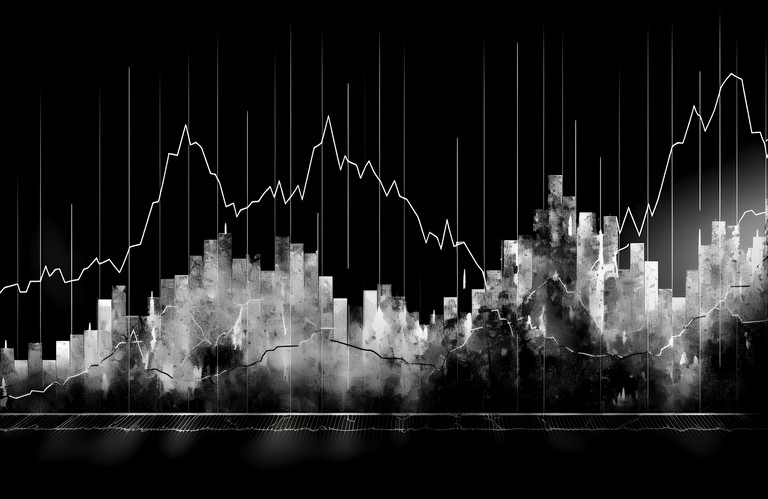The Stock Market Crash of 1929
The Stock Market Crash of 1929 was a significant event in the economic history of the United States and is considered one of the key catalysts for the Great Depression. Here are key points about the Stock Market Crash of 1929:
Date and Duration
The crash occurred on October 29, 1929, a day famously known as “Black Tuesday.”
It marked the culmination of a series of market declines that had begun in September.
Causes
Over-speculation: Investors were engaging in excessive buying, often using borrowed money, causing stock prices to be inflated.
Lack of Regulation: The stock market lacked proper regulations, and there were no safeguards in place to prevent the rapid decline.
Economic Factors: The economy was showing signs of weakness, including agricultural overproduction, unequal distribution of wealth, and declining industrial production.
Market Impact
On Black Tuesday, a record 16 million shares were traded, and stock prices collapsed.
Many investors faced financial ruin as they lost substantial amounts of money.
The stock market lost nearly 90% of its value from its peak in 1929 to the bottom in 1932.
Impact on the Economy
The crash had a domino effect on the broader economy, leading to the Great Depression.
Businesses closed, unemployment soared, and the banking system faced a severe crisis.
Government Response
The government’s response was initially limited, exacerbating the economic downturn.
The Federal Reserve’s tightening of the money supply and the Smoot-Hawley Tariff Act, which raised tariffs on imported goods, are considered contributing factors.
Long-Term Consequences
The Great Depression, which followed the crash, persisted for most of the 1930s.
The crash led to significant changes in financial regulations and the establishment of the Securities and Exchange Commission (SEC) in 1934.
Lessons Learned
The Stock Market Crash of 1929 highlighted the dangers of speculative investing and the importance of regulatory oversight in financial markets.
It contributed to the development of policies aimed at preventing a similar crisis in the future.
The crash of 1929 remains a pivotal moment in financial history, shaping economic policies and perspectives on market regulation for decades to come.









